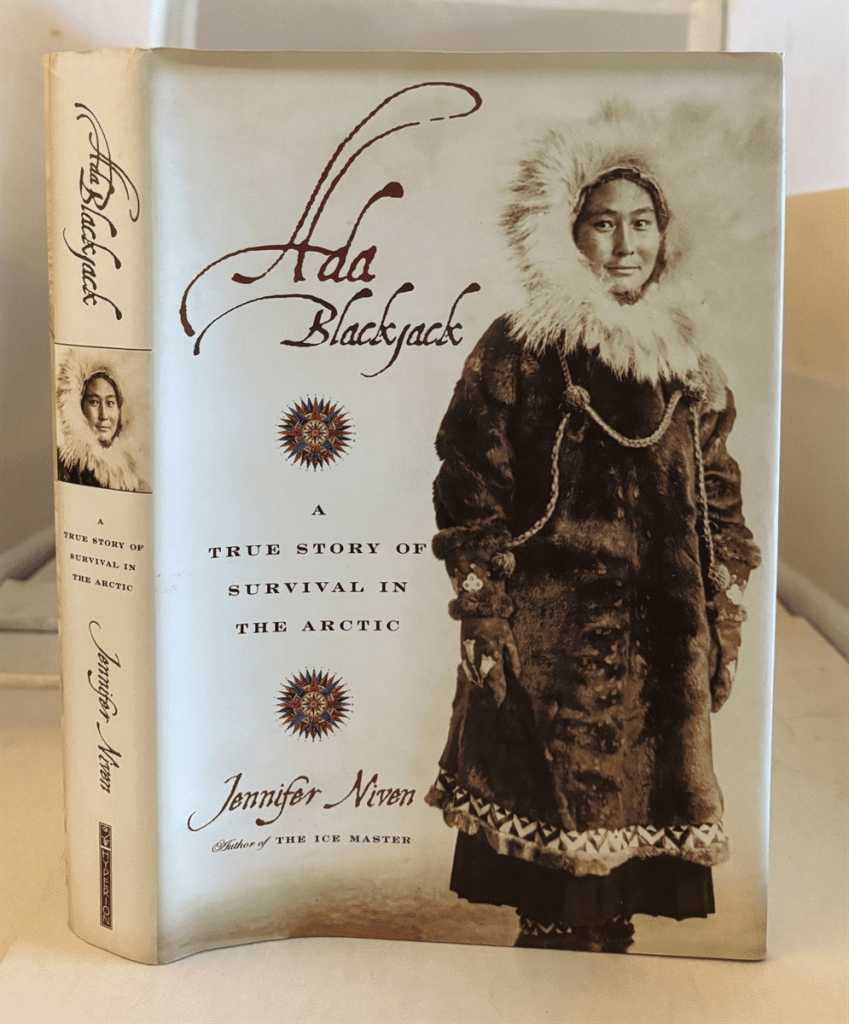In the unforgiving cold of the Arctic, where temperatures plummet and isolation crushes the spirit, one woman not only survived she endured, adapted, and returned home with a story that sounds more like fiction than fact. Ada Blackjack, an Inuit seamstress from Alaska, joined an ambitious expedition in 1921 with no idea that she would soon become the sole survivor of a doomed mission. Her tale is a remarkable testament to resilience, resourcefulness, and quiet heroism.
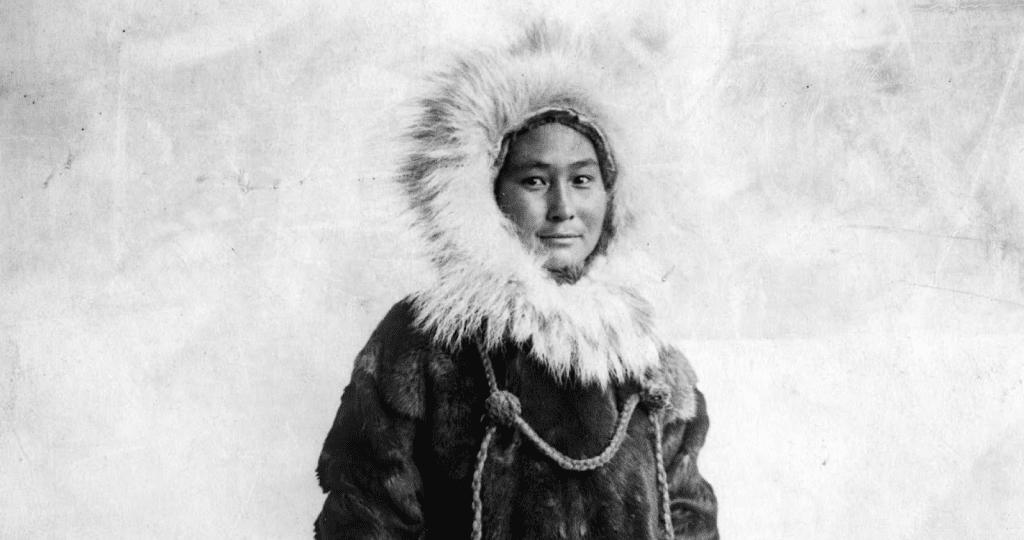
A Seamstress Among Explorers
Ada Blackjack was not a seasoned adventurer or a trained survivalist. Born in 1898 in Solomon, Alaska, she was a young Inuit woman raising a chronically ill son on her own. In 1921, she signed on as a seamstress for an expedition to Wrangel Island a desolate stretch of Arctic tundra north of Siberia. The mission, led by Canadian explorer Vilhjalmur Stefansson, aimed to claim the island for Britain.
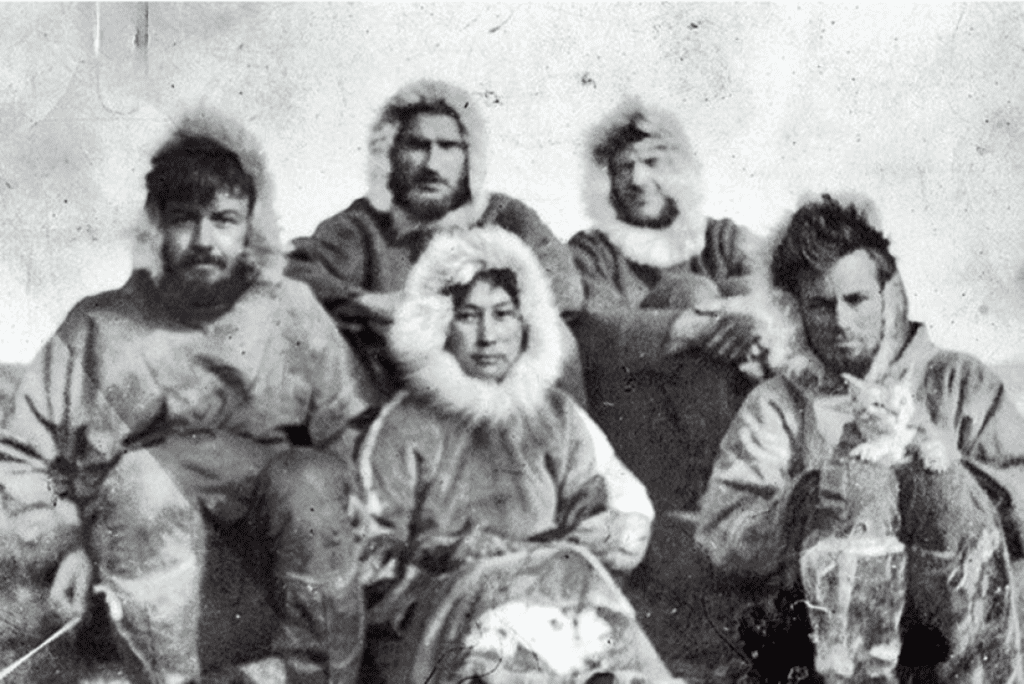
The promise seemed simple: Ada would cook, clean, and sew for a team of four young male explorers. They were expected to be gone for about a year, and she would earn enough money to care for her son upon return. But what was sold to Ada as a routine assignment would become one of the harshest survival stories in modern history.
Video:
The STRANGE CASE of Ada Blackjack
Isolation and Disaster in the Ice
Soon after arriving at Wrangel Island, the expedition began to unravel. Supplies ran low, game became scarce, and harsh weather made hunting nearly impossible. The men had little Arctic experience, and Ada quickly realized that she was more prepared for the environment than they were. Still, she kept to her duties, sewing furs, preparing meals, and quietly observing the growing danger.
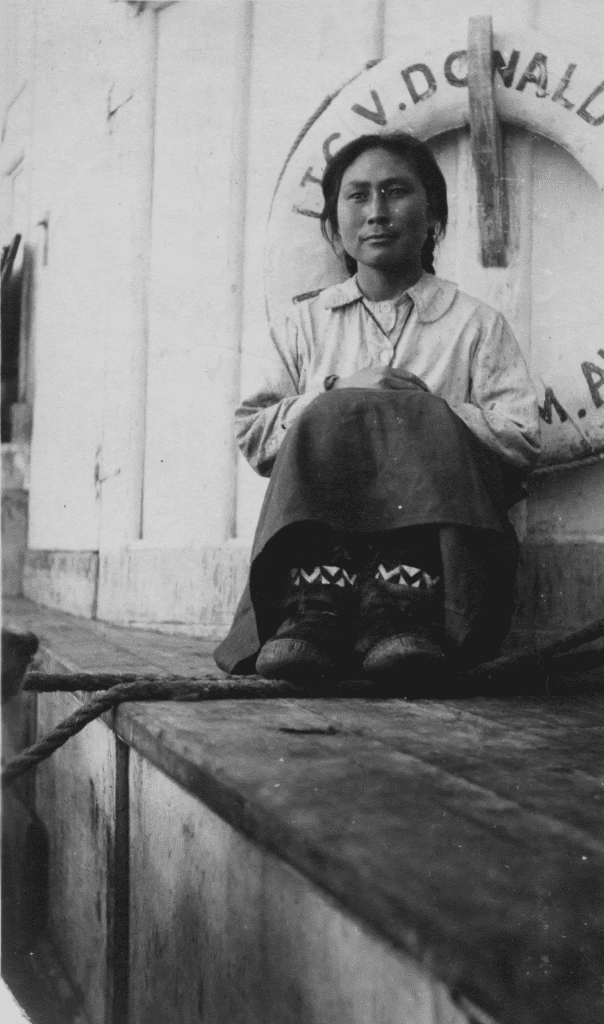
As the situation worsened, three of the men set out on foot across the ice in search of help. They were never seen again. That left Ada and one remaining man, Lorne Knight, who soon fell gravely ill likely from scurvy. Ada, now alone and facing an Arctic winter, cared for Knight as best she could. She hunted, set traps, and kept a fire going, all while battling fear, frostbite, and hunger.
When Knight passed away in early 1923, Ada was left entirely alone.
The Arctic’s Female Robinson Crusoe
For months, Ada Blackjack lived in solitude, becoming a real-life “female Robinson Crusoe.” With only a few basic tools and her sheer will to survive, she fended off polar bears, repaired collapsing tents, and kept a meticulous journal of her ordeal. She taught herself to shoot and trap animals, despite her deep aversion to violence. Her diary reveals a woman who was scared but determined a mother who refused to die in the cold.
Video:
A terrível provação de Ada Blackjack no Ártico
Finally, after two years in the Arctic, a rescue team arrived in August 1923. They found Ada alive, weathered but strong, with a haunting story of survival against all odds.
Overlooked, Then Remembered
Despite the magnitude of her experience, Ada Blackjack returned to a world that barely acknowledged her bravery. She was paid less than promised, harassed by the press, and offered no formal honors. She quietly reunited with her son and disappeared from the public eye, living out the rest of her life in relative obscurity.
Only in recent decades has her story begun to receive the attention it deserves. Historians, filmmakers, and writers now view Ada not just as a footnote in Arctic exploration but as its quiet heroine.
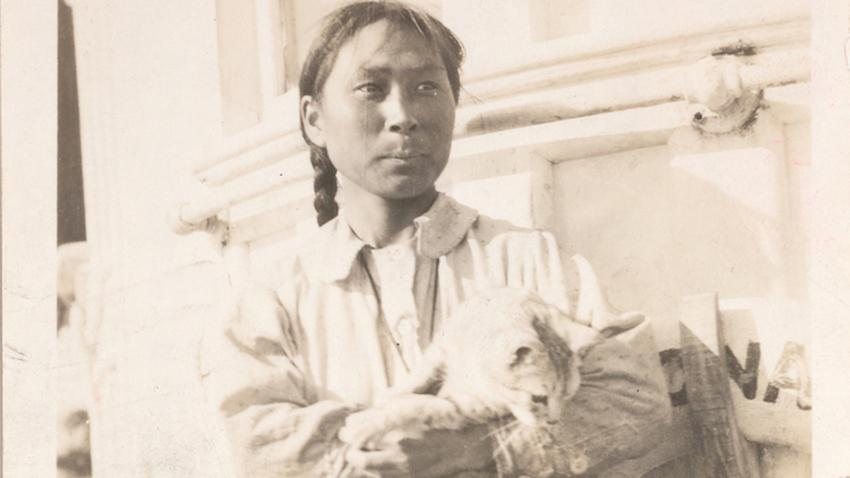
A Legacy of Courage
Ada Blackjack’s story is more than a survival tale. It’s a reminder that heroes don’t always arrive with swords or medals. Sometimes, they come armed with a sewing needle, a kind heart, and an unbreakable will to live.
She didn’t sign up to be a hero. She signed up to sew. But when everything else fell apart, Ada stitched her way through history thread by thread, step by freezing step and came out the other side as one of the Arctic’s most remarkable survivors.
